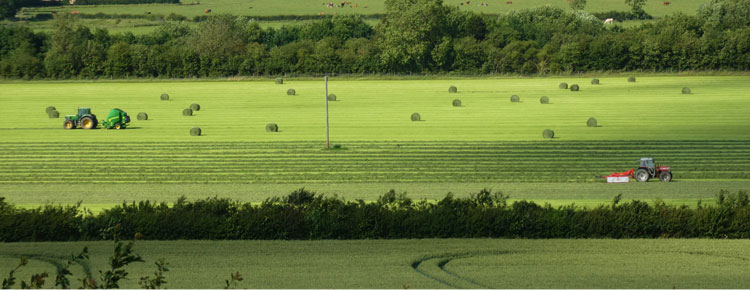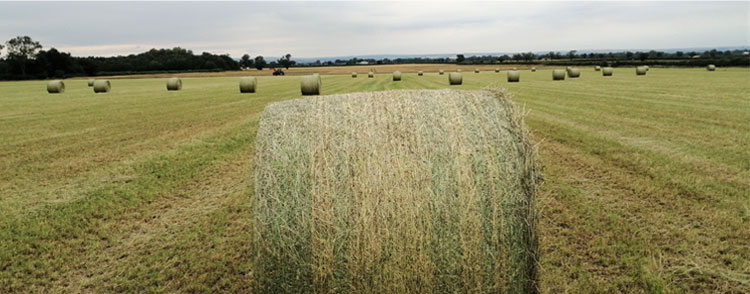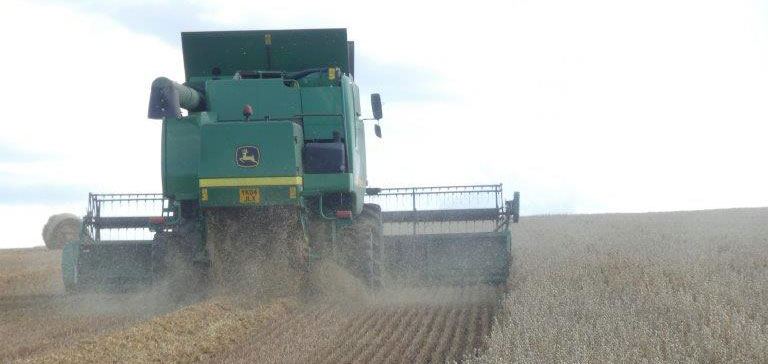The farm near Malton had grown cereals well for many years. When Rory bought it, this continued initially with wheat, barley and oil seed rape but has now become more diverse.

A more mixed crop rotation was required to benefit the soil structure and drainage and replenish its natural organic matter with less reliance on chemicals. Grass was the perfect solution. A 4-5 year ley greatly improves soil structure, replenishing organic matter and along with cattle manure the benefits are clearly visible. Livestock numbers have increased alongside this increase in grass.


Approximately half of the Malton farm is now down to grass with the rest comprising wheat, barley/oats and beans on a planned rotation. The farm at Horsforth is largely down to grass, apart from the soft fruit growing areas.
Some grass is harvested in the early summer as silage or hay, to be fed to the livestock over the winter months, the rest is grazed from spring through to autumn by the cattle and sheep.
The wheat is sown in the late summer/early autumn ready to be harvested the following summer. It is sold to a local feed mill, which in turn supplies our young turkeys with food. When they are older they are also fed on our oats and wheat. The straw, a by-product of the harvest is used as bedding for the livestock and returned to the land as manure.


Barley, oats and beans are used as an extra protein and carbohydrate source for the young cattle over the winter months to supplement their grass-based diet, until they go out to grass the following spring. Any surplus is again sold locally.
Over the years a lot of hedgerows have been planted around the field perimeters. In addition, some of the land is set aside for environmental schemes. All this encourages insect and bird life to flourish. We also have beehives around the farm, maintained by local bee keepers.

